There were dozens of sea lions – all females of course – lounging on the beach as we arrived. Some were with their pups. The beach master was resolutely patrolling the waters in front of its harem swimming back and forth for most of the time we were there. We were advised not to swim there. We were also advised not to touch a pup as the mother will not accept it back if it has human scent.
At one point another male challenged the beach master. Although the fighting was fierce the challenger was soon driven off and the master again took up his patrol. During this altercation the females barely batted the proverbial eyelash. Most seemed to be asleep or resting. Some were caring for their pups.
I decided to sit down on the beach and enjoy being one with nature. This did not last. Suddenly two females rushed towards me. At first I thought that they were charging me and wondered what unwritten sea lion rule I had broken. They ran by leaving inches to spare and I realized that were playing, perhaps some type of tag or just joyful running. I just happened to be in the way. I decided to move away from such a crowded part of the beach. It is amazing how quickly such large, magnificent creatures can move. An unforgettable moment.
We were then off to explore the island. Our guide told us that if we were lucky we might see a land iguana under the opuntia cacti. Well, that day we were extremely luckily. There seemed to be an iguana under each cactus. They were sitting patiently waiting for a cactus flower or leaf to fall. This is how they get their food, sitting and waiting. They can live for up to 60 years so the system seems to work for them. I wondered why the cactus were so tall if there were only the iguanas that fed on them. We were very lucky that a piece of leaf had fallen from a cactus. We could observe the iguana slowly and methodically eating it. The iguana scrapes the spines from the cactus and then enjoys his meal.
As we continued to explore the island, we came across an extraordinary sight - a sea lion lying on top of a pile of rocks near an opuntia cactus at the top of the island. Why was she there? Was she looking for peace and quiet as far away from the others as possible? How did she climb to the top of a pile of rocks?
I later learned that, although there are now no tortoises on Sante Fe, there had been in the past. They have been extinct for about 150 years. This would explain why the cactus had evolved into such a tall one. I also learned that scientists are planning to introduce tortoises back onto the island. One of the goals of the Galapagos National Park Directorate is to restore the ecosystem of Santa Fe and return giant tortoises to the island as part of the Giant Tortoise Restoration Initiative (GTRI).
Quadrants have been established and fences built to research vegetation and ensure there will be sufficient food. The idea is to plan the release of some 200 young tortoises from Española, the species most closely related to the Santa Fe tortoise, which will be used as replacements for the original tortoises — or as scientists call them, “an analog species.” The release will take place once the rains have returned and the island is green again, which will help to ensure the tortoises initial survival. Some of the them will then be marked with radio telemetry tags so that they can be followed as they begin to explore the island. I wonder how this will affect the iguanas.
Santa Fe
Monday, February 10, 2014
 Galapagos, Galápagos, Ecuador
Galapagos, Galápagos, Ecuador
Other Entries
-
1Ups and downs
Feb 055 days prior Quito, Ecuadorphoto_camera2videocam 0comment 1
Quito, Ecuadorphoto_camera2videocam 0comment 1 -
2Quito: World Heritage Site
Feb 064 days prior Quito, Ecuadorphoto_camera40videocam 0comment 0
Quito, Ecuadorphoto_camera40videocam 0comment 0 -
3The Glory that is the Galapagos.
Feb 073 days prior Santa Cruz, Ecuadorphoto_camera24videocam 0comment 0
Santa Cruz, Ecuadorphoto_camera24videocam 0comment 0 -
4Floreana Island and its Recovery
Feb 082 days prior Floreana, Ecuadorphoto_camera41videocam 0comment 0
Floreana, Ecuadorphoto_camera41videocam 0comment 0 -
5South Plaza Island
Feb 091 day prior Puerto Ayora, Ecuadorphoto_camera28videocam 0comment 0
Puerto Ayora, Ecuadorphoto_camera28videocam 0comment 0 -
6Santa Fe
Feb 10 Galapagos, Ecuadorphoto_camera18videocam 0comment 0
Galapagos, Ecuadorphoto_camera18videocam 0comment 0 -
7Charles Darwin Research Center
Feb 111 day later Santa Cruz And Isabella, Ecuadorphoto_camera51videocam 0comment 0
Santa Cruz And Isabella, Ecuadorphoto_camera51videocam 0comment 0 -
8Dave climbs Sierra Negra
Feb 122 days later Isabela, Ecuadorphoto_camera48videocam 0comment 0
Isabela, Ecuadorphoto_camera48videocam 0comment 0 -
9A Tortoise Stampede
Feb 122 days later Isabela, Ecuadorphoto_camera73videocam 0comment 0
Isabela, Ecuadorphoto_camera73videocam 0comment 0 -
10Los Tuneles
Feb 133 days later Isabela, Ecuadorphoto_camera33videocam 0comment 0
Isabela, Ecuadorphoto_camera33videocam 0comment 0 -
11A long travel day.
Feb 144 days later Quito, Ecuadorphoto_camera5videocam 0comment 0
Quito, Ecuadorphoto_camera5videocam 0comment 0 -
12The Market in Otavalo
Feb 155 days later Otavalo, Ecuadorphoto_camera16videocam 0comment 0
Otavalo, Ecuadorphoto_camera16videocam 0comment 0 -
13Cold and High
Feb 166 days later Cotopaxi, Ecuadorphoto_camera63videocam 0comment 0
Cotopaxi, Ecuadorphoto_camera63videocam 0comment 0 -
14Reaching the Lodge
Feb 177 days later Cuyabeno, Ecuadorphoto_camera40videocam 0comment 0
Cuyabeno, Ecuadorphoto_camera40videocam 0comment 0 -
15Sendero Palma Roja
Feb 188 days later Cuyabeno, Ecuadorphoto_camera53videocam 0comment 0
Cuyabeno, Ecuadorphoto_camera53videocam 0comment 0 -
16Siona Coummunity of Puerto Bolivar
Feb 199 days later Cuyabeno, Ecuadorphoto_camera86videocam 0comment 0
Cuyabeno, Ecuadorphoto_camera86videocam 0comment 0 -
17Canoeing in Laguna Canangueno
Feb 2010 days later Cuyabeno, Ecuadorphoto_camera49videocam 0comment 0
Cuyabeno, Ecuadorphoto_camera49videocam 0comment 0 -
18Hazardous travel to the bridge
Feb 2111 days later Quito, Ecuadorphoto_camera7videocam 0comment 0
Quito, Ecuadorphoto_camera7videocam 0comment 0

 Galapagos, Galápagos, Ecuador
Galapagos, Galápagos, Ecuador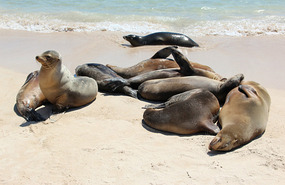
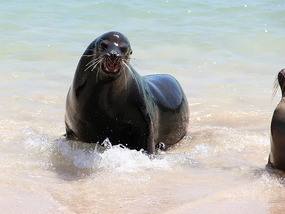
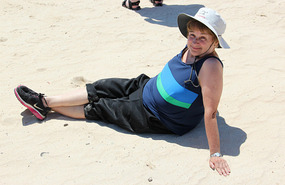
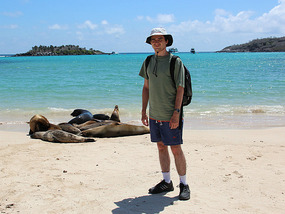
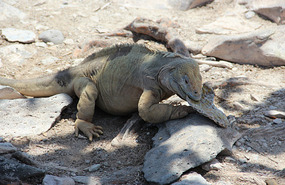
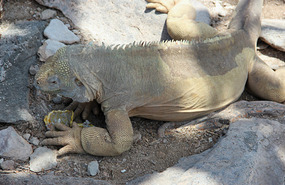
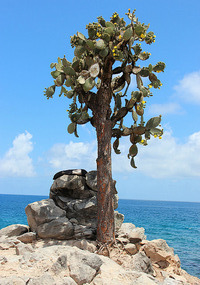
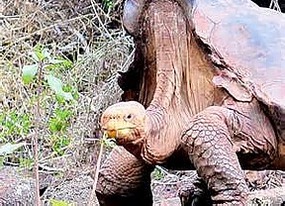




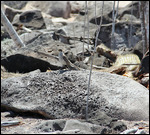



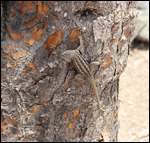


2025-05-22